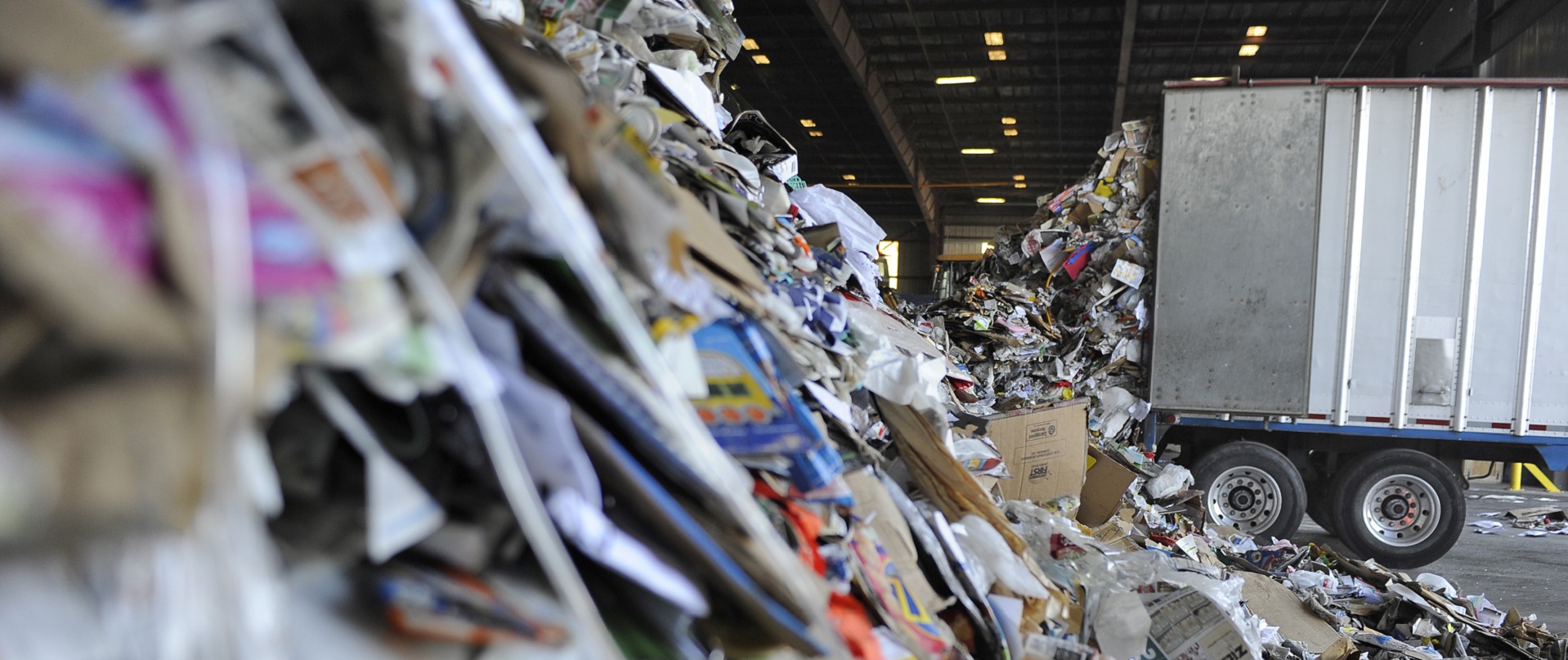In the year of the pandemic and lockdown, Italy produced 147 million metric tons of special waste, that’s nearly 7 million less (-4.5%) than the year before due to the decline in consumption and manufacturing activity.
This is the most salient fact emerging from the Report on Special Waste 2022 presented a few days ago in Rome by the Italian National Institute for Environmental Protection and Research (ISPRA) and National System for Environmental Protection (SNPA). This year’s report gives a snapshot of the special waste, both hazardous and non-hazardous, produced and managed in 2020, providing a well-organised and accurate account of the data gathered by ISPRA in collaboration with regional and provincial environmental protection agencies.
Non-hazardous waste accounted for 93.3% of the total special waste generated and the construction industry was once again the biggest generator of special waste (45.1% of the total), followed by the waste management and environmental rehabilitation sector (26.3%) and the manufacturing sector (18.2%).
Most of the special waste (56.9% of the total) was generated in the North, due to the industrial fabric of the area. This was also the area with the highest number of plants: 39.4% of the waste management plants in operation today are located in the northern regions of Lombardy (2,106), Veneto (1,086) and Piedmont (933).
On the management side, the total volume of special waste managed in Italy in 2020 totalled 159.8 million metric tons. Of these, 94.1% were non-hazardous waste and only 9.4 million metric tons (5.9% of the total managed) were hazardous. 70.6% of the special waste stream goes to recovery, 10.3% follows intermediate disposal operations, 6.2% is disposed of immediately at the landfill, and remaining amounts of material are directed to co-incineration (1.1% or 1.8 million metric tons) or incineration (0.8% of the total or 1.3 million metric tons).
Landfills saw a significant drop in waste between 2019 and 2020 amounting to approximately 2 million metric tons (-17.7%). The drop was caused by the lower levels of non-hazardous waste sent to landfills (-2.2 million metric tons), against an increase in the levels of hazardous waste in the same period (+56 thousand metric tons). The number of landfills in operation also gradually declined over the last two years, going from 310 in 2018, to 305 in 2019, to 285 in 2020.
The numbers demonstrate Italy’s ability to send the larger part of its special waste stream to recovery, thanks to its plant infrastructure (there are 4,399 plants devoted to this activity, representing 42% of the plants in the country) but the gap between North and South is still wide. According to ISPRA president Stefano Laporta, this gap can be bridged thanks to the thousands of new plant projects that have arrived in response to the NRRP call for proposals under the circular economy mission.
>>> Read the Special Waste Report 2022













